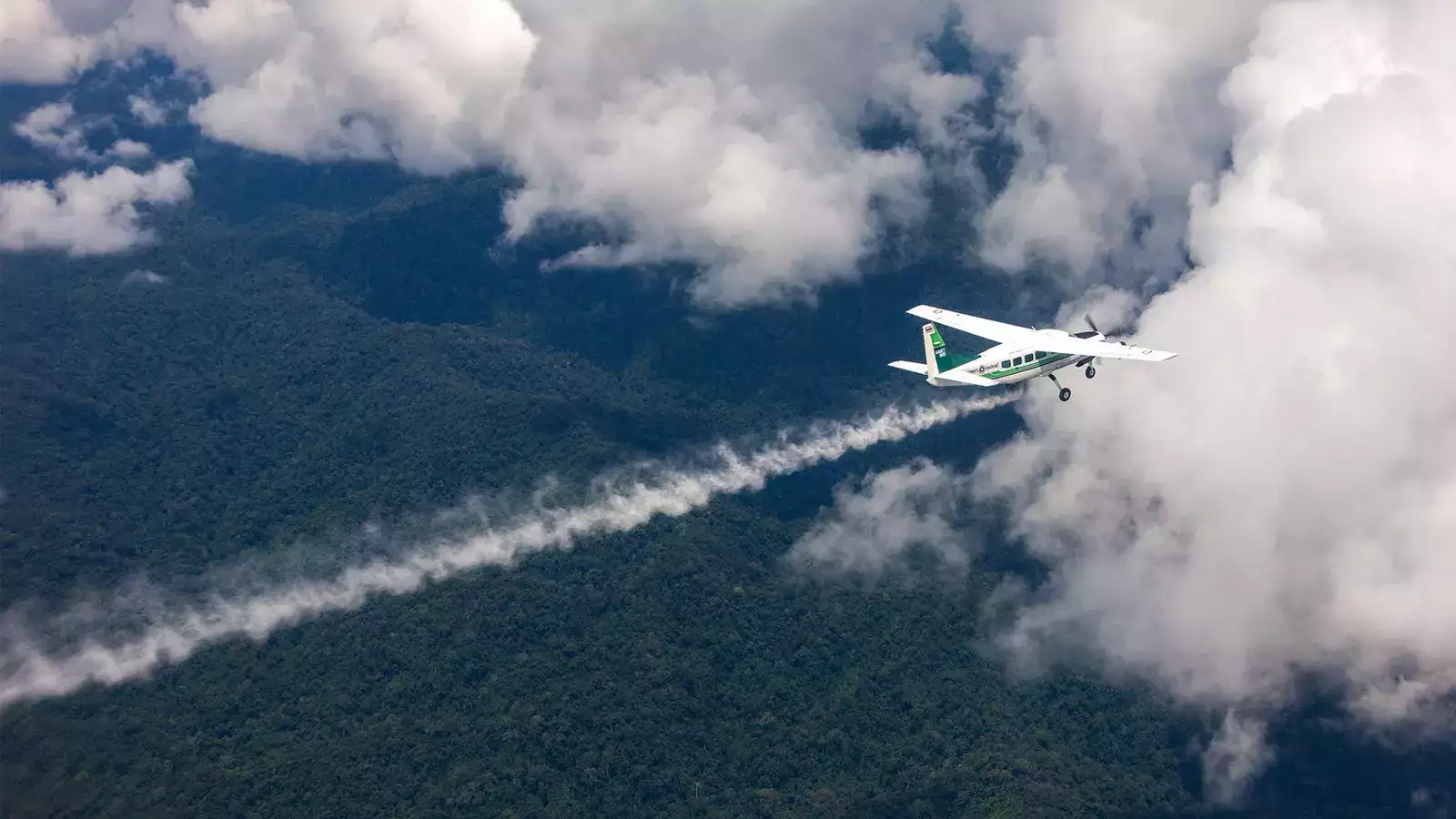This article originally appeared in Times of India
New disasters can happen if countries decide to unilaterally try technological fixes to global Warming.

With record-breaking heatwaves hitting many parts of the world over the last few months, scientific circles have been hotly debating whether countries should prepare to deploy geoengineering technologies to deal with such climate emergencies. Should these technologies be deployed by an international body or by individual countries?
Geoengineering is an umbrella term for various experimental technologies designed to deliberately alter the climate system to reduce the impacts of global warming. They are slowly but steadily gaining salience and broadly fall under two categories: Solar Radiation modification (SRM) and Carbon Dioxide Removal (CDR) technologies.
How would these technologies cool the planet?
As the name suggests, CDR is about removing carbon from the atmosphere, either by massive deployment of machines to extract CO 2 from the air or by more natural methods like planting trees. On the other hand, SRM technologies, which are attracting the most attention, aim to reduce the amount of solar radiation reaching Earth by reflecting sunlight back into space, thereby reducing surface temperatures. Scientists are proposing to do this by a variety of techniques such as making clouds brighter, thereby reflecting sunlight like a mirror. Or by thinning/ removing the ‘cirrus clouds’ that absorb solar radiations and warm the earth.
Cloud engineering is not new. Countries have been seeding clouds to force more rainfall for years. China has been implementing an extensive cloud seeding programme, with plans to cover more than half of the country by 2025. In India, cloud seeding has been tried in states such as Tamil Nadu, Karnataka and Maharashtra during droughts.
These practices have encouraged scientists to propose cloud engineering of the planet to reduce warming. But these geoengineering technologies are at an ideation stage; the one that has reached the experimentation stage is Stratospheric Aerosol Injection (SAI).
SAI aims to mimic large volcanic eruptions that have a cooling effect on the globe. During large eruptions, millions of tonnes of sulphur particles (called aerosols) are injected into the upper atmosphere, where they reflect back the incoming solar radiations, thereby cooling the planet. For example, the eruption of Mount Pinatubo in the Philippines in 1991 caused global cooling of 0.6.C for the following two years. Scientists are now proposing to send aeroplanes and balloons to the stratosphere to release millions of tonnes of
aerosols to mimic a smaller version of Mount Pinatubo.
Several modelling studies indicate that SAI might reduce some of the worst effects of climate change, such as lowering warming and reducing the frequency of heatwaves and high- intensity storms. Also, the price is so affordable that a few dozen countries can easily deploy this technology unilaterally. But there are risks.
What are the dangers of their use?
SAI’s unintended consequences could include an adverse impact on rainfall, crop production and ocean acidification. Large-scale spraying of aerosols into the atmosphere could also deplete the ozone layer, enlarging the ozone hole. Another big risk is that when the aerosol injection is terminated abruptly this will cause rapid warming, disrupting the water cycle and leading to massive biodiversity loss. Lastly, the impacts will not be limited to national borders. Unilateral use of SAI could lead to significant adverse effects in other
countries, leading to conflicts.
Because of these risks, there is massive opposition to advancing research on SAI. It is also feared that such research would move the focus away from cutting emissions, which is the best way to solve the climate crisis. None of this has deterred countries from investing in the research. Premier universities such as Cambridge and Harvard have set up specialised geoengineering research centres. Research is also picking up in the global South. There are a few geoengineering modelling programmes in India as well.
But a lot more research is required to understand the regional impacts of SAI in our part of the world. In fact, India should take the lead from the global South in developing scientific knowledge on the subject. Similarly, India will have a major role in framing global governance around the use of geoengineering technologies. These technologies have global ramifications and must be governed by an international rules-based system.
While geoengineering is highly risky, countries will deploy it if they fear largescale casualties or economic disruptions due to extreme climatic events. In fact, considering the current trajectory of Earth’s warming, countries will have to make these choices within a decade or two. Therefore, enough research must be done about the safety and effectiveness of these technologies. Likewise, a global governance mechanism must be established to deter the unilateral deployment of these technologies. In the end, it is better to be prepared for the consequences than to be blindsided by a lack of knowledge.
Chandra Bhushan is one of India’s foremost public policy experts and the founder-CEO of International Forum for Environment, Sustainability & Technology (iFOREST).
